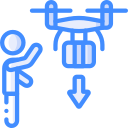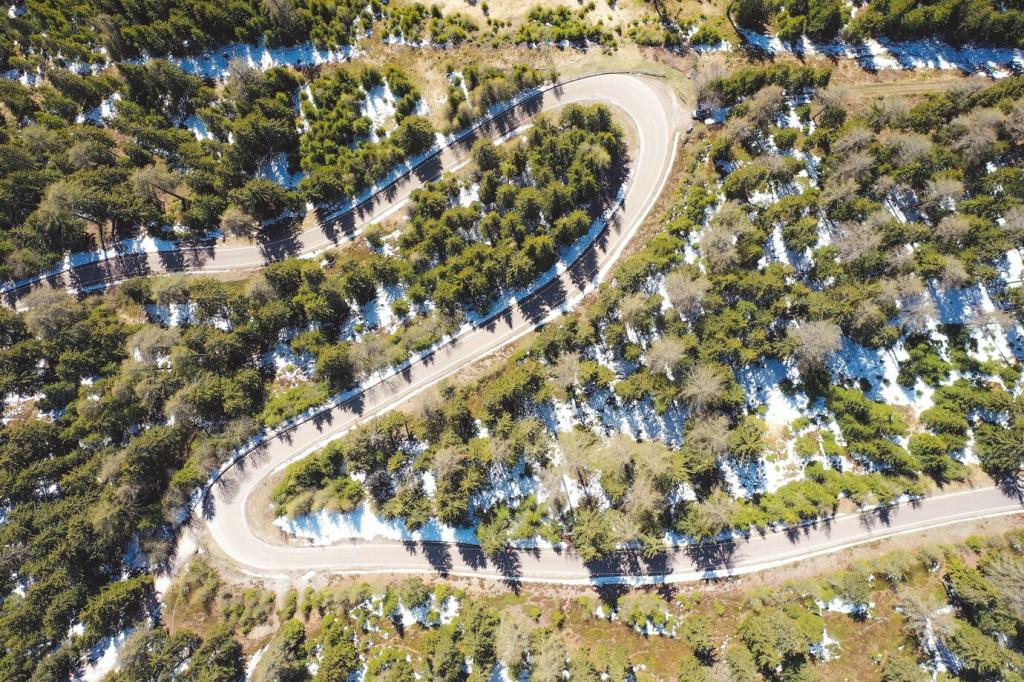
Remote Sensing of Forests: Drones Lead the Way
Chosen theme: Remote Sensing of Forests: Drones Lead the Way. Step into the canopy with us as we explore how agile unmanned aircraft, smart sensors, and intelligent workflows are rewriting forest science, conservation, and daily management. Subscribe to follow real-world stories, practical guides, and breakthroughs that help forests—and the people who care for them—thrive.
Why Drones Are Transforming Forest Remote Sensing
Seeing the Forest and the Trees
Low-altitude flights capture canopy texture, gaps, and sapling regeneration with remarkable clarity, often under clouds that stop satellites. That means timelier decisions, richer context, and fewer surprises for teams working in challenging terrain.
Speed When It Matters Most
After storms or wildfires, drone crews can launch within hours, mapping blowdowns, hotspots, and access routes with georeferenced imagery. That quick intelligence helps field teams plan safer entries and prioritize limited resources effectively.
A Story from the Edge of the Timberline
A ranger in the Cascades used a small quadcopter to spot a hidden windthrow blocking a fire road. Twenty minutes of flight spared a multi-day detour and accelerated a critical habitat survey.
Laser pulses penetrate canopy layers, creating dense point clouds that estimate tree height, crown volume, and biomass. Even in dense evergreen stands, LiDAR resolves understory structure that optical cameras simply cannot capture reliably.
Sensors That Unlock Forest Insights
Vegetation indices like NDVI and NDRE indicate photosynthetic vigor, nutrient stress, and early disease. Hyperspectral cubes go further, separating species and spotting subtle biochemical shifts long before symptoms reach human eyes.
Sensors That Unlock Forest Insights
From Flight Plan to Insight: The Workflow
Define questions first: regeneration counts, beetle detection, or fuel load mapping. Then match altitude, overlap, and sensor settings. Careful planning prevents gaps, reduces rework, and protects aircraft time and batteries.
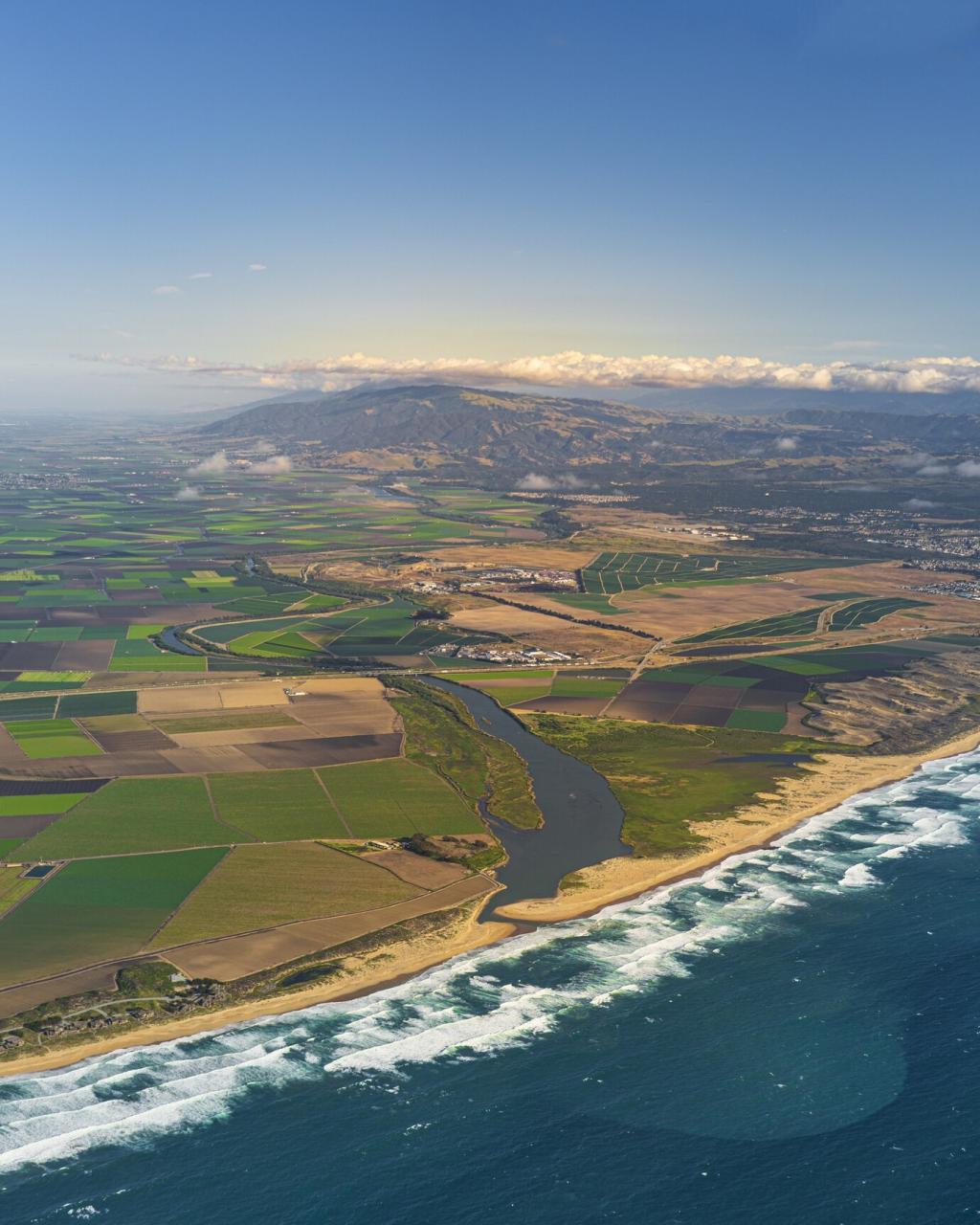
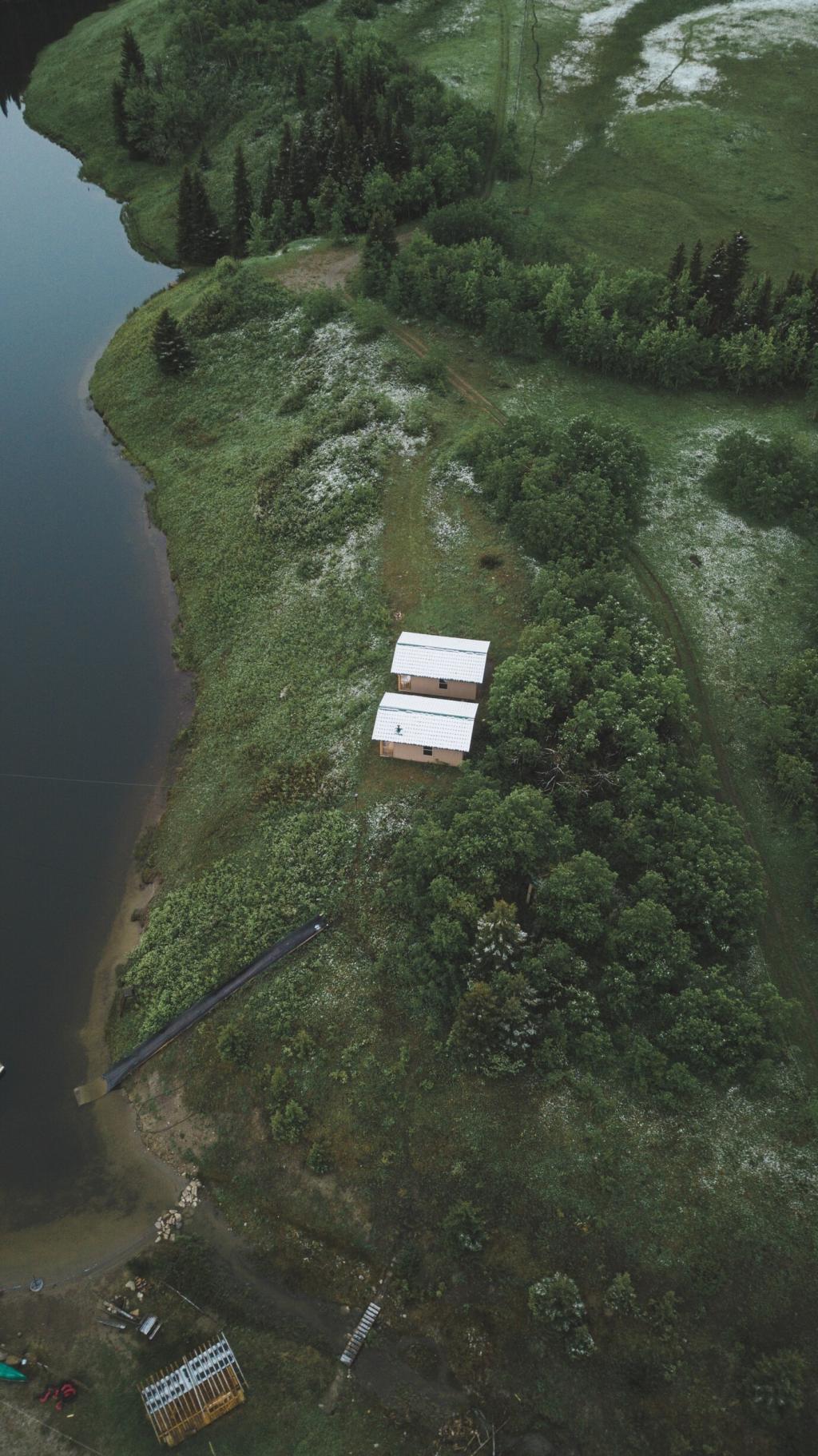
From Flight Plan to Insight: The Workflow
Use structured pipelines for photogrammetry, LiDAR classification, and spectral calibration. Automations for ground control integration, RTK/PPK corrections, and cloud-based rendering shrink turnaround from days to hours without sacrificing accuracy.
Early Warning: Pests, Disease, and Drought
Catching Bark Beetles Before They Spread
Multispectral signatures shift as beetle-stressed trees lose vigor. By scanning routinely, managers flagged hotspots weeks earlier, treating small clusters rather than facing landscape-scale mortality and expensive salvage logging.


Fungal Threats and Crown Transparency
Hyperspectral bands reveal pigment changes linked to infection, while crown transparency metrics from LiDAR show structural decline. Together, they guide targeted sampling and reduce guesswork in hard-to-reach compartments.
Conservation, Carbon, and Accountability
High-frequency canopy height models and biomass estimates support Measurement, Reporting, and Verification for carbon initiatives. Clear, shareable maps help local stakeholders see results and verify commitments transparently.
Conservation, Carbon, and Accountability
Edge habitat mapping, gap dynamics, and species-specific spectral cues inform restoration plans. Precise insights guide where to plant, where to leave deadwood, and how to balance recreation with nesting needs.
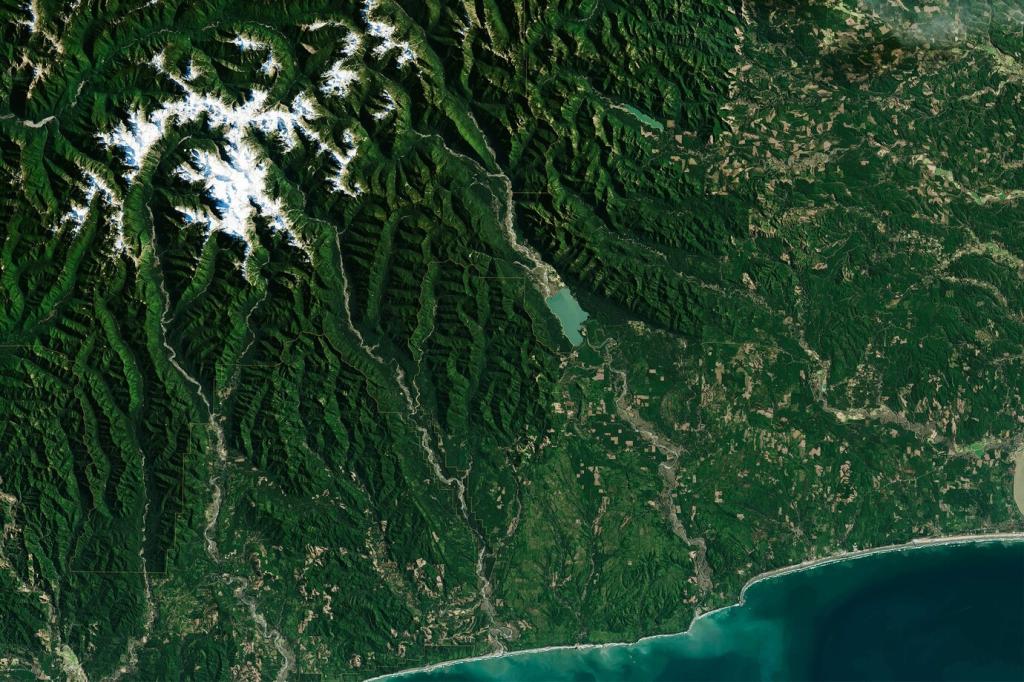

Rules, Safety, and Ethics in the Canopy
Regulations differ by country. Many operators follow frameworks like Part 107 or equivalent, maintain visual line of sight, and obtain permissions for protected zones. Compliance keeps projects safe and sustainable.

People Behind the Propellers
A student team in Oaxaca used a folding drone to document illegal dumping along a riparian corridor. Their evidence sparked cleanup funds and a new citizen science monitoring group.
People Behind the Propellers
Elders identified culturally significant groves invisible to outsiders. Drone orthomosaics helped map traditional trails and water sources, aligning restoration with heritage and improving safety during seasonal burns.

What’s Next: Edge AI, Swarms, and Fusion
Onboard AI can flag disease or count seedlings mid-flight, reducing data loads and enabling quick reroutes. Real-time alerts bring decision-making closer to the canopy and the crews on the ground.
